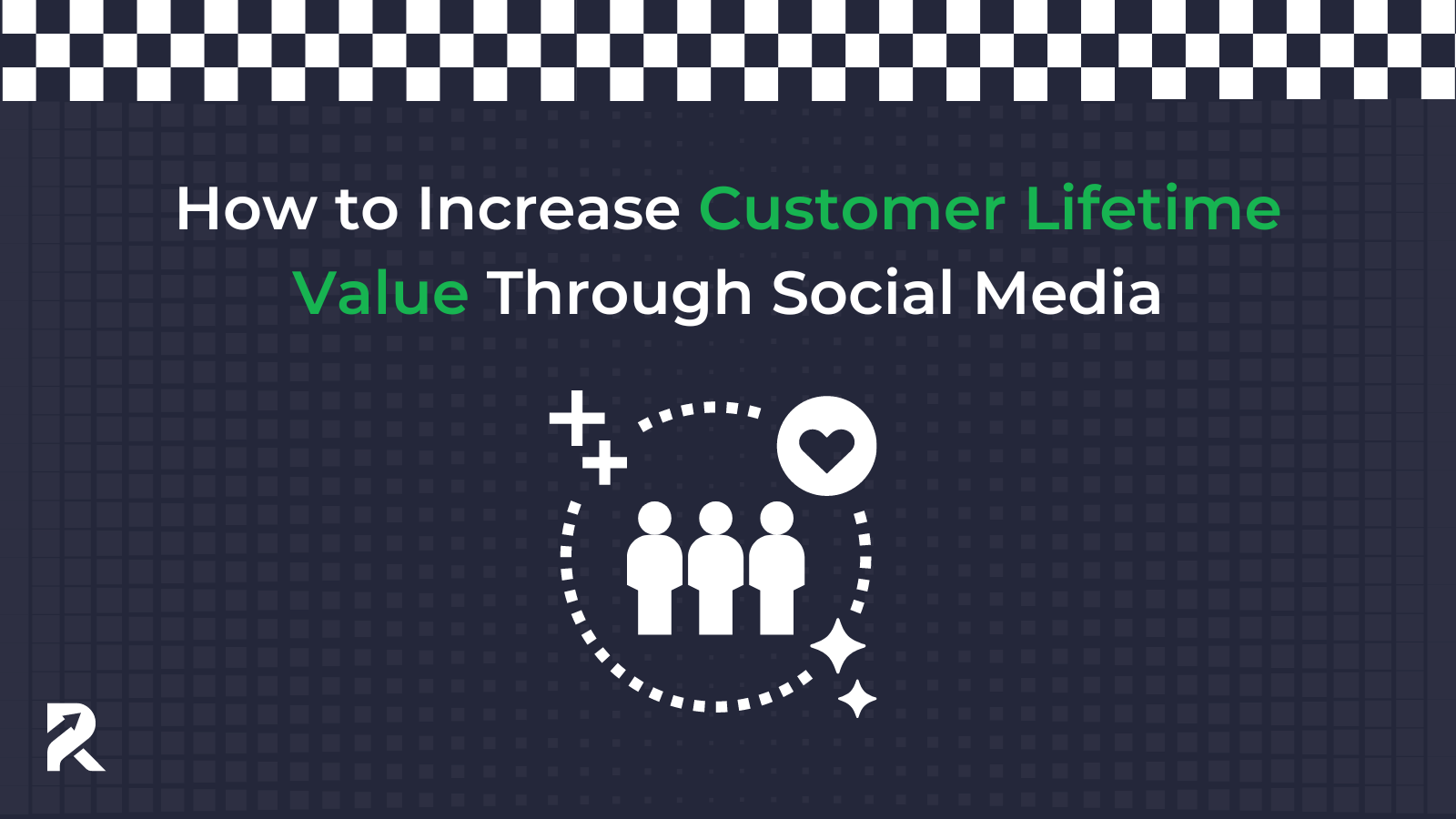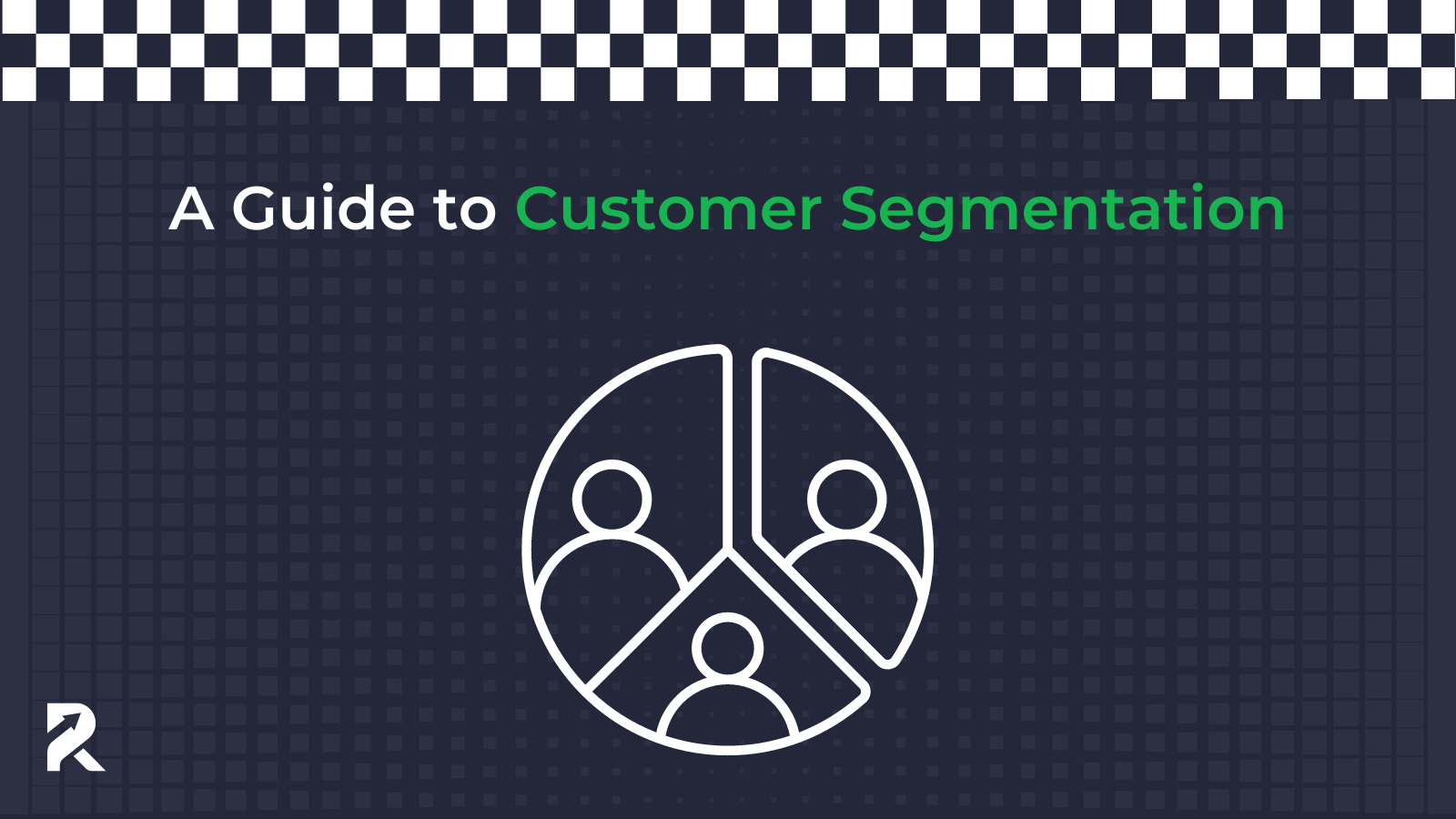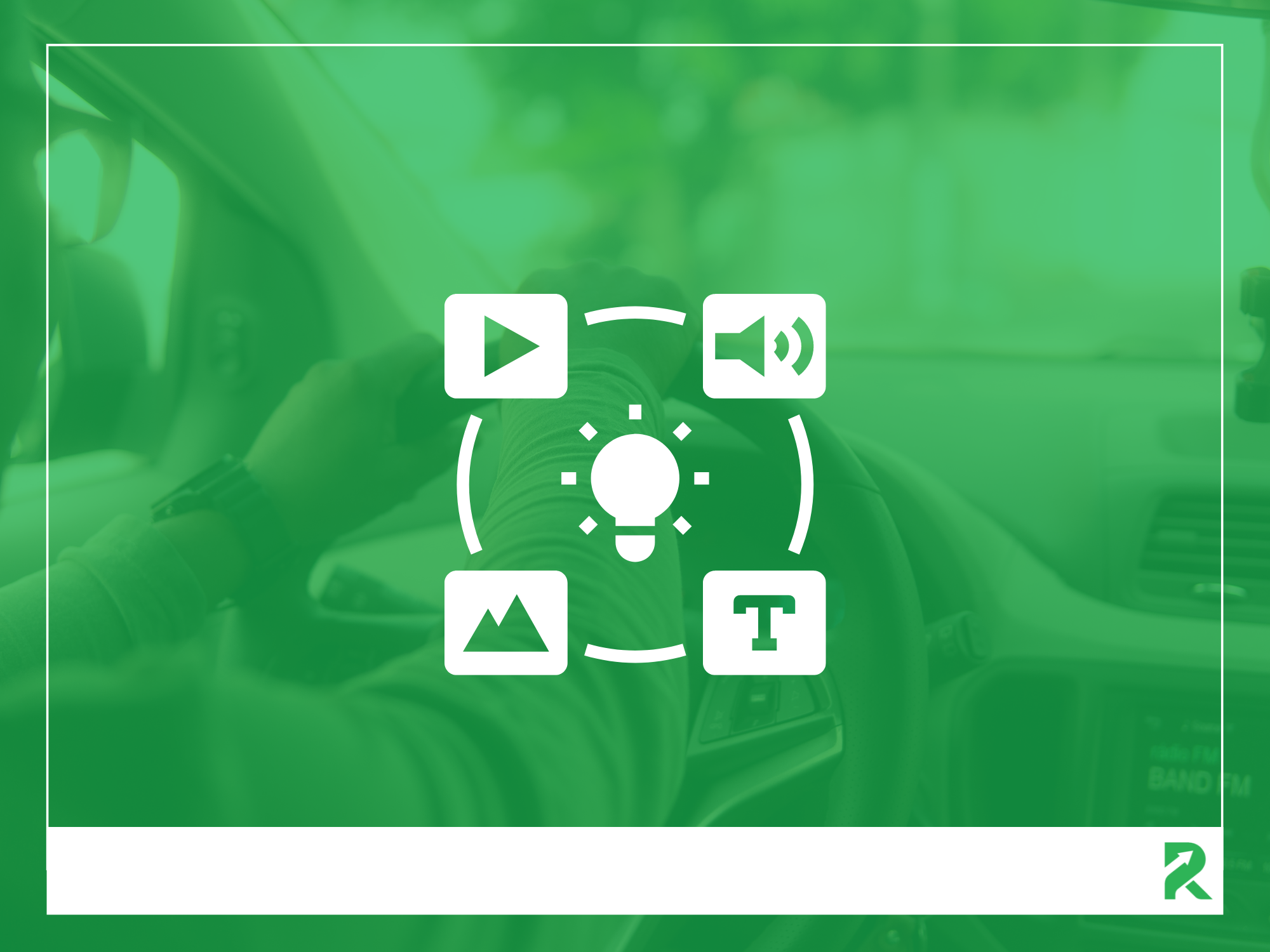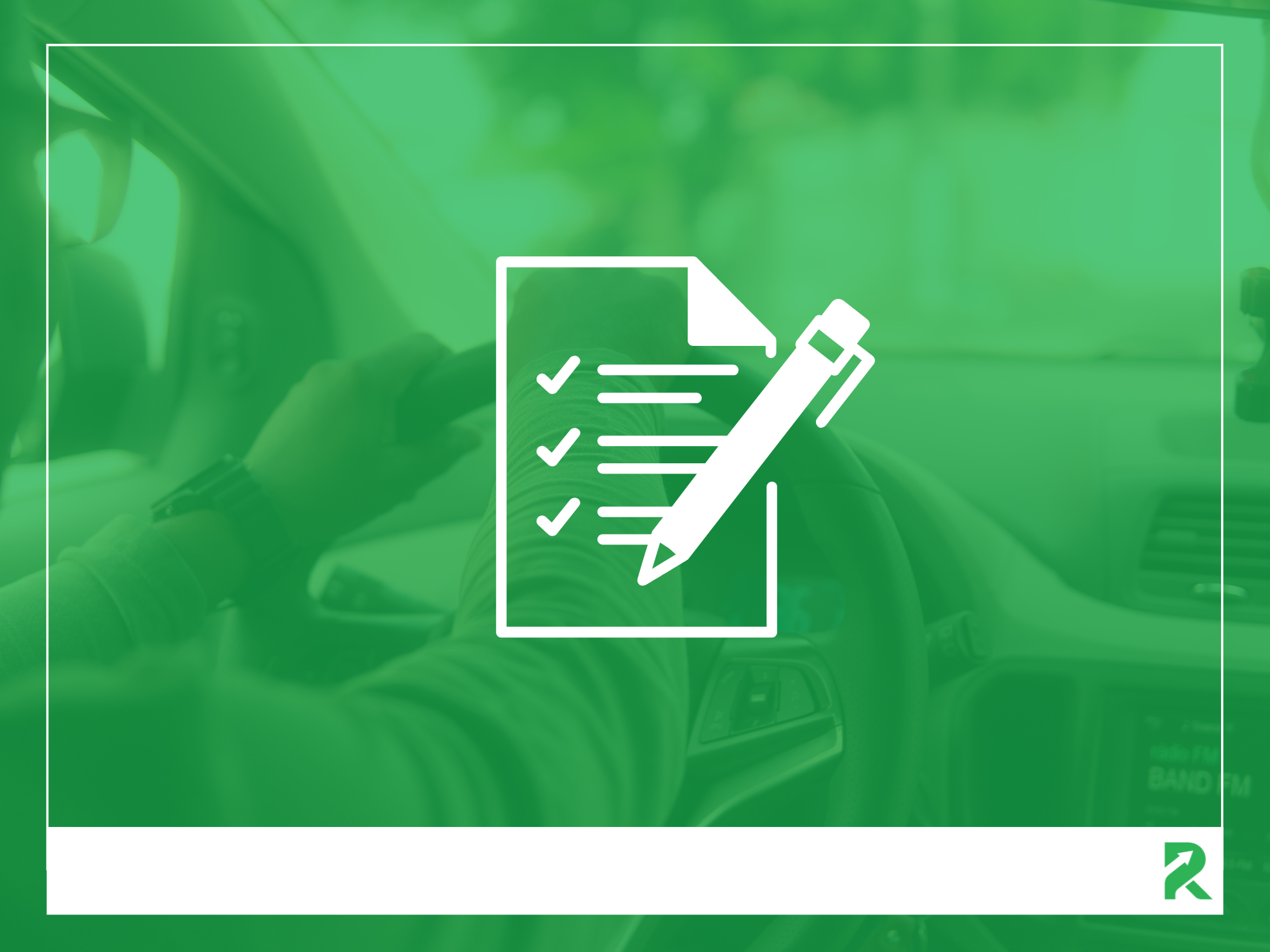
Not Your Father’s Social Media
Once upon a time…you needed an email ending in “.edu” to register for Facebook, a guy named Tom would always be your friend on MySpace, and the @ symbol on Twitter (X) confused everyone.
Suffice to say, things have changed a lot in the world of social media over the last 20 years or so. There are new platforms (10 years ago, TikTok was just a 5 year old’s description of a clock noise), and new purposes. Although it’s still used to meet people, share interests, and say things you would never dream of uttering in real life, social media has also become a tool for businesses to expand their market share and provide value to potential customers.
The Benefits of Social Media
Today, if a business does not know how to attract customers on social media or is not effectively using it as an integral part of their marketing campaigns, they are leaving money on the table. A good social media strategy allows businesses to connect with their customers, build brand awareness, and drive revenue growth. One of the most significant benefits of social media lies in its ability to increase customer lifetime value (CLV).
What is Customer Lifetime Value?
CLV is a metric that measures the total value a customer will bring to a business over the course of their lifetime. It takes into account the revenue a customer will generate, as well as the cost of acquiring and retaining that customer. Customer retention is key, as just a 5% increase in this area can generate a fivefold increase in profit. CLV is important as it can be used to inform decisions such as marketing spend, customer acquisition strategy, and product development to help drive predictable revenue growth.
Why is this important?
Predictable revenue growth = doing RevOps well
Doing RevOps well = your business thrives
How to Calculate Customer Lifetime Value
Math time…
CLV = (Average Value of a Sale) x (Number of Repeat Transactions) x (Average Retention Time in Years).
Quick example:
- Linda is a customer of yours
- Each time Linda buys your product, she spends about $50
- Your best guess is that Linda will buy your product once per month
- You expect Linda to remain a customer for 20 years
Linda’s CLV = 50 x 12 x 20…$12,000.
It’s important to note that CLV is a prediction, not a “no way this will ever be wrong or change” number, and can be influenced by many factors such as market changes, competition, and changes in customer behavior.
How Does Social Media Generate Revenue and Increase Customer Lifetime Value?
Relationships
In everyday life, people tend to interact with those they trust the most. The business world is really no different as most consumers spend more on brands they trust. The best way to build that trust? Relationships.
One of the most effective tools for building those relationships with customers is social media, which allows businesses to interact with their customers in real-time and provide personalized service. This can help build trust and loyalty, leading to repeat business.
Repeat business is essential for CLV as it comprises two-thirds of the equation above (repeat transactions and retention time in years).
Targeted Advertising
Many social media platforms allow businesses to target certain demographics, interests, and behaviors. When you're able to target specific segments of your customer base, you can increase the likelihood that your advertisements will be seen by people who are more likely to make a purchase. When customers feel that a product or service is tailored to them, they’re not only more likely to buy it, but also more likely to be loyal because they feel the company “gets them”.
Loyalty = repeat buyers
Repeat buyers = Higher CLV
In short, when you can reach the right people at the right time with the right message, you’re going to have a better success rate.
Sell, Sell, Sell
Fast food restaurants are masters of the “add on”. You go in for a burger, and before you know it, you’re also walking out with fries, a milkshake, and their new chicken sandwich. How did this happen? You got upsold and cross-sold!
When you purchase a product or service from a business, they will often try to convince you to purchase a comparable higher-end product (upsell) or a complementary one (cross-sell). Social media excels at promoting and highlighting related and higher-priced products and services.
This is usually done by analyzing customer behavior and past buying patterns, both of which are key to strategically targeting the right customers. Upselling and cross-selling leads to a much larger “average value of a sale”, which is an important component of the CLV equation.
Customer Feedback
Twenty years ago, if you bought a product and were unhappy with it, there wasn’t a lot you could do to make your displeasure known. Sure, you could call the corporate office, wait on hold for 20 minutes, and then maybe talk to someone who cared. Sure, you could take the product back to the store, wait in line at the return counter for an eternity, and then talk to someone who almost certainly did not care.
But social media changed all that. Customers can now publicly give feedback that can instantly be seen by tens of thousands of people. When a business shows that they’re good at communicating with customers on social media, even if it’s in response to a negative review, it displays a commitment to customer satisfaction. This willingness to improve and make changes to products or services can encourage long-term customer loyalty, which is essential to a high CLV.
Better products/services = more sales
More sales = Higher CLV
Create Brand Ambassadors
If you provide a great product, it’s likely that a customer will continue to buy it. But if you provide a great product and engage with a customer, it’s likely they will not only continue to buy it, but tell others how great it is and encourage them to buy it too. It’s called becoming a brand ambassador (or evangelist), and it’s the holy grail of CLV.
When it comes to creating engagement, it’s hard to beat the interactive content capabilities of social media. This can include hosting giveaways and contests, posting behind-the-scenes looks at your business, and responding to customer questions and comments. By creating a sense of community and interaction, you can build trust and brand loyalty. If you want long-term customers, “trust” and “loyalty” are the magic words.
Know How to Use the Tool
The effectiveness of a tool is entirely dependent on the operator. If a hammer is used correctly, it can be used to build a house; if it’s used incorrectly, it can break someone’s thumb. Likewise, social media is only going to be as effective as a business makes it. When used correctly, social media can be a CLV rocket booster.
By building stronger relationships with customers, targeting the right audience, up-selling and cross-selling, gathering customer feedback, and creating brand ambassadors, social media can be used to increase CLV as fast (or faster) than anything else.
Bottom line: Properly leveraging social media is a must for businesses which are serious about driving long-term success and increasing revenue growth.
Want to learn the blueprint to optimizing revenue?
Download our whitepaper on the 4 levers of revenue growth



